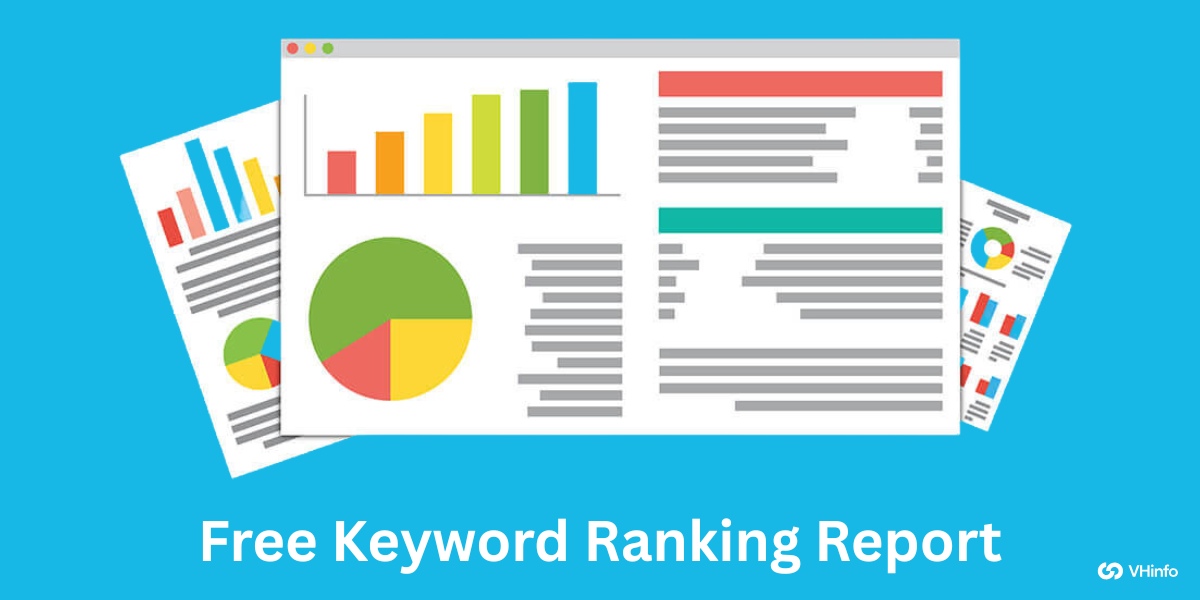Rich snippets are a powerful tool for enhancing your website’s visibility and click-through rate (CTR) in search engine results pages (SERPs).
By leveraging structured data markup, you can provide additional information about your content, making it more attractive and informative to potential visitors.
In this comprehensive guide, we’ll dive deep into the world of rich snippets, exploring their benefits, types, implementation, and best practices to help you optimize your SaaS website for better SEO performance.
What Are Rich Snippets and Why Are They Important?
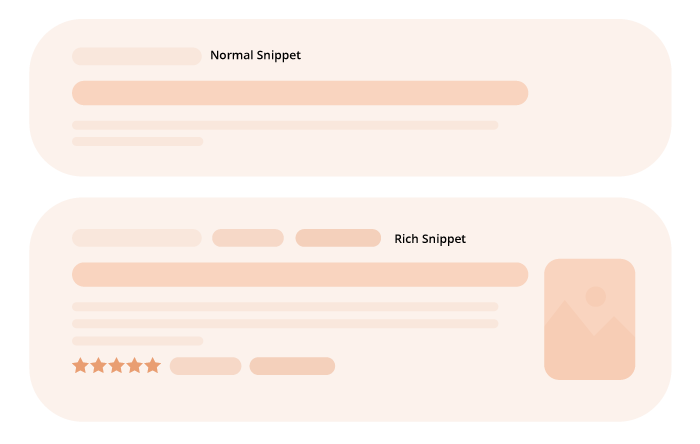
Rich snippets are enhanced search results that display extra information beyond the standard title, URL, and meta description. This additional information, such as star ratings, product prices, or event dates, is extracted from the page’s HTML structured data markup on a webpage. Rich snippets make your search listings more eye-catching and informative, increasing the likelihood of users clicking through to your site.
What Are Rich Snippets in SEO?

In the context of SEO, rich snippets are a way to provide search engines with more detailed information about your content, helping them better understand and categorize your pages. By implementing structured markup data, you can help search engines display relevant information from your site directly in the search results, improving your visibility and organic CTR.
Rich Snippets & SEO: Are They Related?

Yes, rich snippets and SEO are closely related. While rich snippets are not a direct ranking factor, they can indirectly impact your SEO performance by increasing your click-through rate and driving more targeted traffic to your site through effective keyword research. Higher CTRs can send positive signals to search engines, potentially leading to improved rankings over time.
How Rich Snippets Help With SEO?

Rich snippets offer several SEO benefits:
- Increased Visibility: Rich snippets make your search listings stand out, attracting more attention and clicks.
- Higher Click-Through Rates: By providing relevant information upfront, rich snippets encourage users to click through to your site.
- Improved User Experience: Rich snippets help users quickly determine if your content meets their needs, leading to better engagement and lower bounce rates.
- Indirect Ranking Boost: Higher CTRs and user engagement can indirectly influence your search rankings over time.
Rich Snippets Vs Rich Results Vs Featured Snippets
While often used interchangeably, there are slight differences between these terms:
- Rich Snippets: Additional information displayed in search results, extracted from structured data markup.
- Rich Results: A broader term encompassing various types of enhanced search results, including rich snippets, knowledge panels, and carousels.
- Featured Snippets: Concise answers to user queries, displayed at the top of search results, often extracted from webpage content.
How Do Rich Snippets Work?

Search engines like Google use structured data markup, such as Schema.org, to extract relevant information from webpages and display it as rich snippets in search results. By adding this markup to your site’s HTML, you can help search engines better understand and present your content.
The Most Common Types of Rich Snippets
Rich snippets come in various types, each designed to highlight specific information about a webpage’s content.
By implementing the appropriate structured data markup, you can help search engines better understand your content and display relevant rich snippets in the search results.
Let’s explore some of the most common types of rich snippets.
Product Markup Snippet

Product markup snippets are essential for e-commerce websites looking to showcase their products in search results.
By adding structured data to your product pages, you can display key information such as price, availability, reviews, and product images directly in the search listings. This extra information can entice potential customers to click through to your site, increasing your click-through rates and driving more organic traffic to your product pages.
Review Snippet
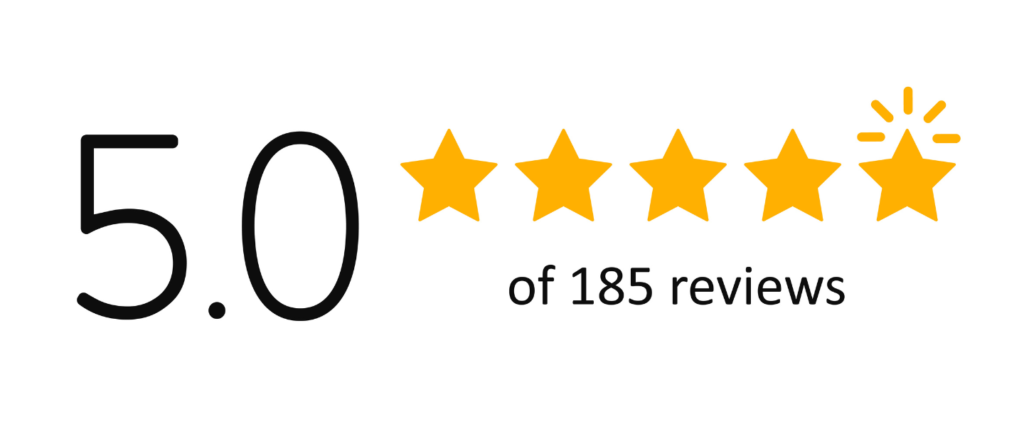
Review snippets are a powerful way to build trust and credibility with potential customers. By displaying star ratings and review counts in your search listings, you can showcase the positive feedback your products or services have received.
Review snippets can be applied to various types of content, including products, recipes, events, and local businesses. Implementing review structured data can help your search listings stand out and encourage users to choose your site over competitors.
Recipe Snippet
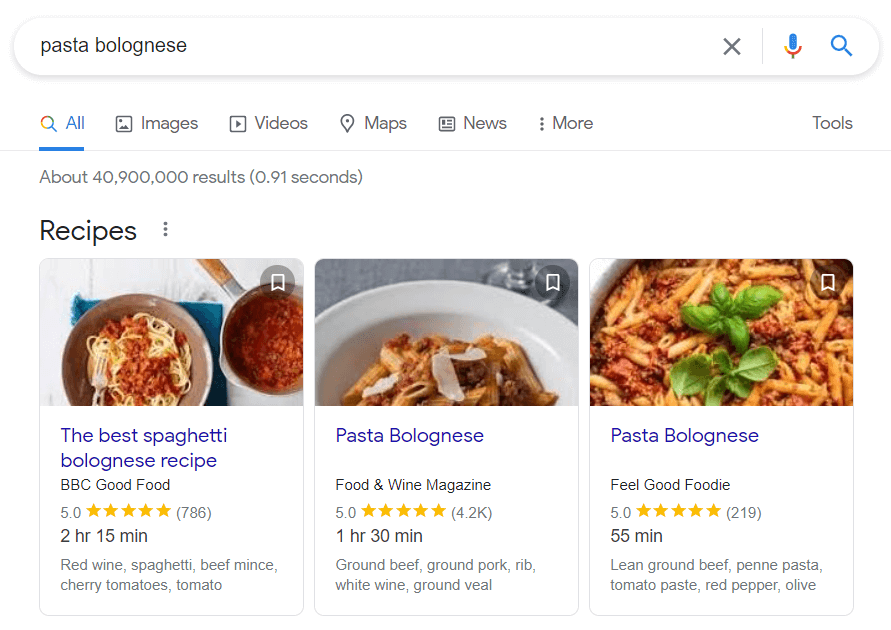
Recipe snippets are a must-have for food bloggers and recipe websites. By marking up your recipe content with structured data, you can display rich results that include ingredients, cooking time, calorie information, and user ratings.
These engaging snippets can attract more clicks from hungry searchers looking for their next meal inspiration. Recipe snippets can also appear in dedicated recipe carousels, giving your content additional visibility and driving more targeted traffic to your site.
Organization Snippet
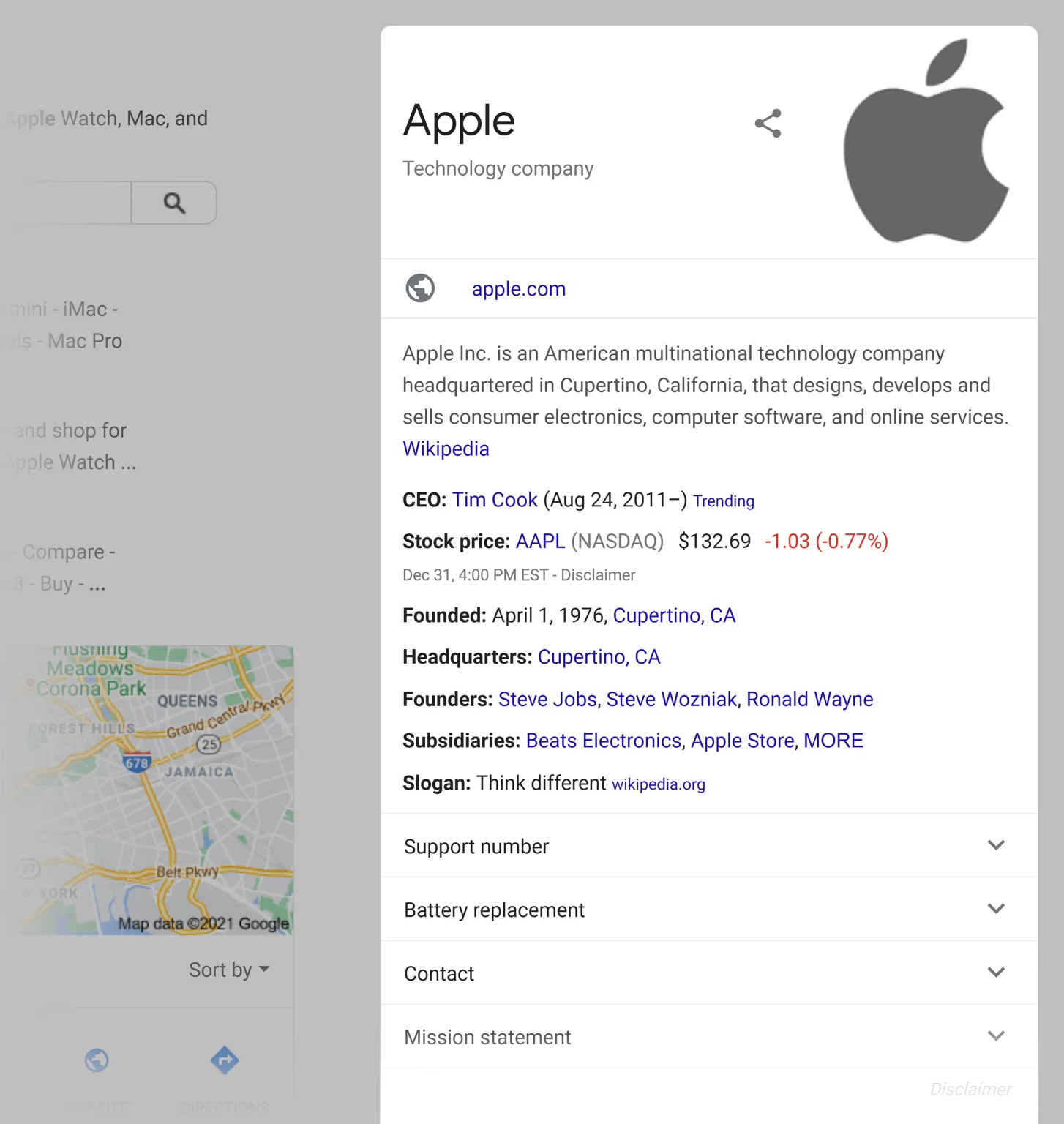
Organization snippets are designed to help businesses and organizations provide key information to potential customers or clients.
By implementing organization-structured data, you can display your business name, logo, contact details, and social media profiles directly in the search results. This information can help users quickly identify and connect with your brand, increasing your online visibility and making it easier for customers to find and engage with your business.
FAQ Snippet
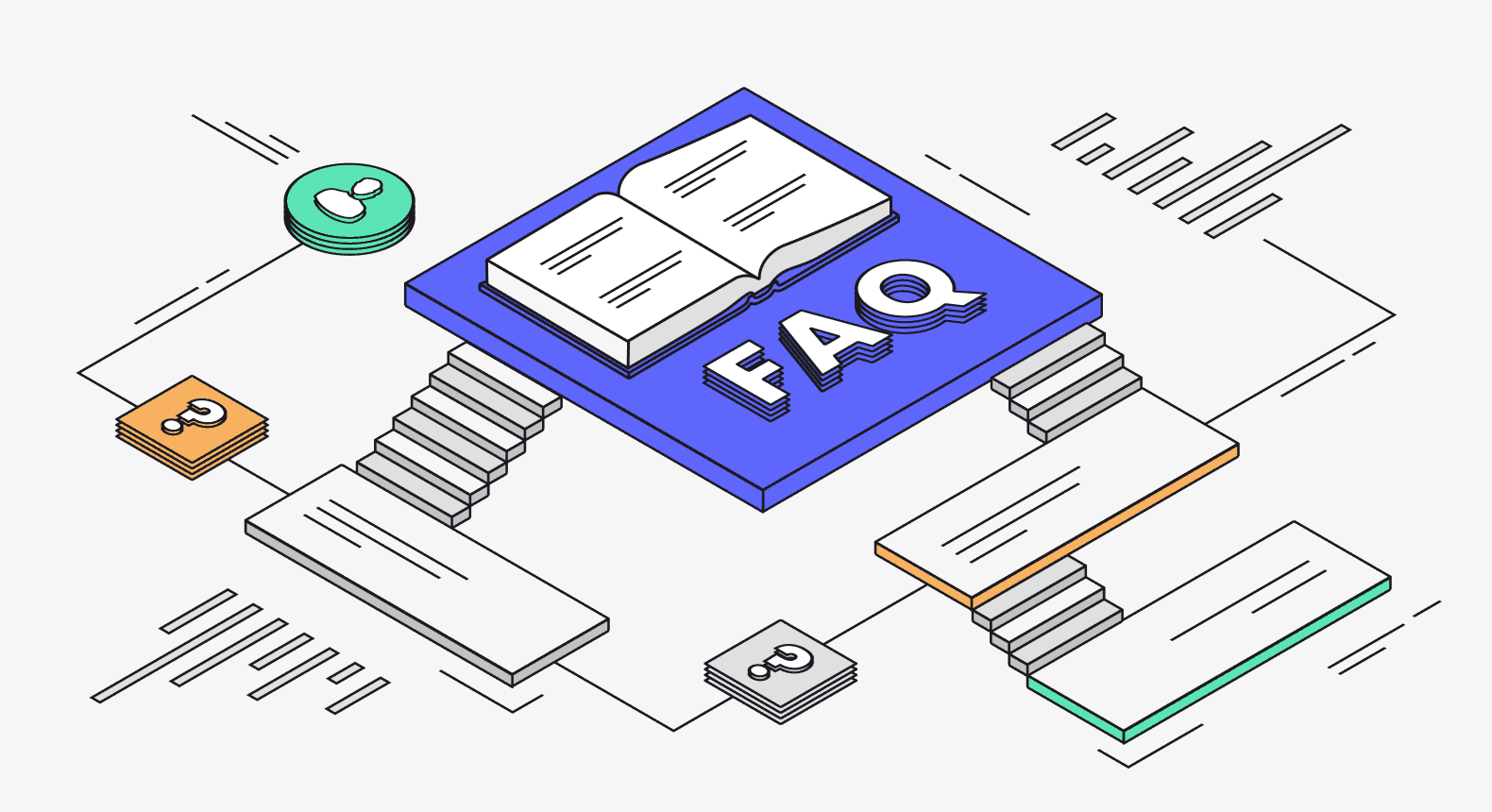
FAQ snippets are a great way to provide quick answers to common questions directly in the search results.
By marking up your frequently asked questions and answers with FAQ-structured data, you can create an accordion-style list of questions that users can expand to view the answers.
This feature can help users find the information they need without having to click through to your site, while also demonstrating your expertise and authority on a given topic.
Movie Snippet
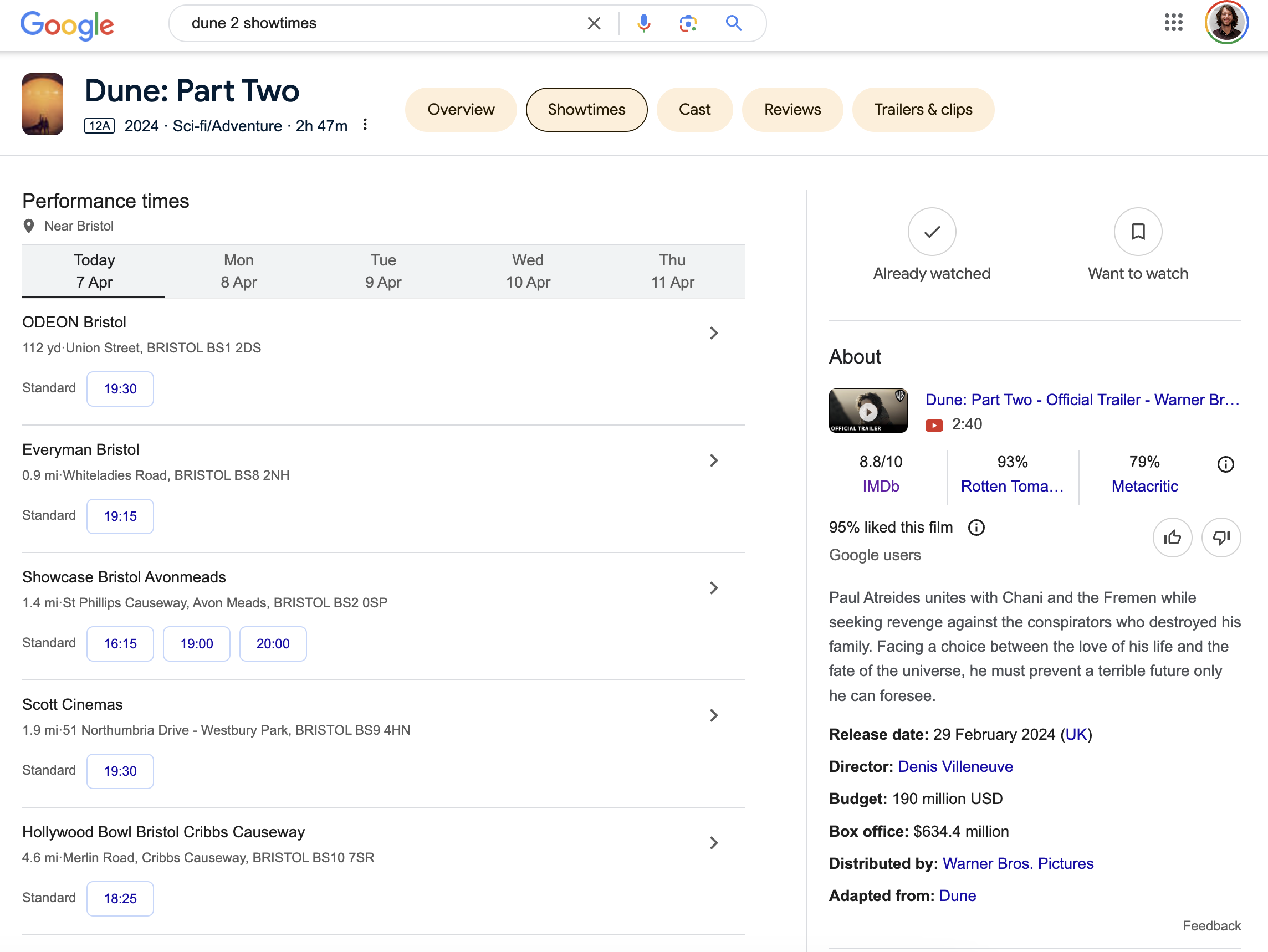
Movie snippets are designed to showcase information about films, including ratings, cast members, release dates, and trailers.
By implementing movie-structured data on your movie-related pages, you can help search engines better understand your content and display rich results that attract movie enthusiasts.
Movie snippets can appear in both regular search results and dedicated movie carousels, giving your content additional visibility and driving more targeted traffic to your site.
Event Snippet

Event snippets are perfect for websites that promote or host events, such as concerts, workshops, or conferences.
By adding event-structured data to your event pages, you can display key details like event name, date, time, location, and ticket information directly in the search results. These engaging snippets can help your events stand out from the crowd and encourage users to click through to learn more about your event information or purchase tickets.
How to Create Rich Snippets?

Creating rich snippets involves the following steps:
- Identify relevant details: Determine which information you want to highlight in search results.
- Define your webpage: Use Google’s Structured Data Markup Helper to select your data type and tag relevant content.
- Create microdata: Generate the HTML markup for your selected data type.
- Integrate markup: Add the generated microdata to your webpage’s HTML.
- Test your snippet: Use Google’s Rich Results Test tool to validate your markup.
- Be patient: Allow time for search engines to crawl and process your updated content.
How to Implement Structured Data to Get Rich Snippets?
Implementing structured data involves three main steps:
- Choose your markup type: Select the appropriate Schema.org markup for your content type.
- Add structured data: Integrate the markup into your webpage’s HTML or use tools like Google’s Data Highlighter.
- Test your implementation: Validate your structured data using Google’s Rich Results Test tool.
Common Issues You Might Face When Adding Structured Data to Your Webpages
- Messy microdata: Poorly implemented markup can lead to errors and inconsistencies.
- Time investment: Adding structured data requires effort and resources.
- Plugin conflicts: Schema markup plugins may conflict with other website elements.
- Duplication: Using multiple schema markup tools can result in duplicate data.
- Wrong schema type: Implementing the incorrect schema type can lead to inaccurate rich snippets.
Best Practices For Optimizing Rich Snippets

Optimizing rich snippets is like putting the final touches on a great work of art. It’s all about making them more effective and helping them stand out in search results.
Schema Markup Importance
Schema markup is a special way to help search engines understand your content. It tells them exactly what your content is about. Although it may not help directly with rankings, using schema markup is one of the best practices to make your website better for search engines.
You can think of schema markup as a translator. It helps turn your user-friendly content into a format that search engines understand. By adding this extra layer to your website’s code, you give search engines a better chance to browse and index your content accurately and quickly.
Structured Data Guidelines
Google wants to provide the best search results.
To help with this, they have set up guidelines for website owners. These guidelines are about using schema markup correctly. Following these rules is very important. It ensures that Google can understand your structured data and show it well in Google Search results.
You can see these guidelines as best practices. They help keep things organized and consistent in the growing area of structured data. It is important to check for updates often and follow Google’s advice. This way, you can stay up to date.
Choosing Relevant Rich Snippets
Choosing the right rich snippet for your content is like picking the right outfit for a special event. It should match the event and show off your best parts. Don’t try to force your content into a rich snippet type that doesn’t fit. It’s very important to focus on relevance and user experience.
Think carefully about what your content is and what information users want when they search for related topics. A search engine aims to give users the most accurate and helpful information. So, it’s very important to make sure your rich snippet strategy matches what users want.
Rich Snippets Examples
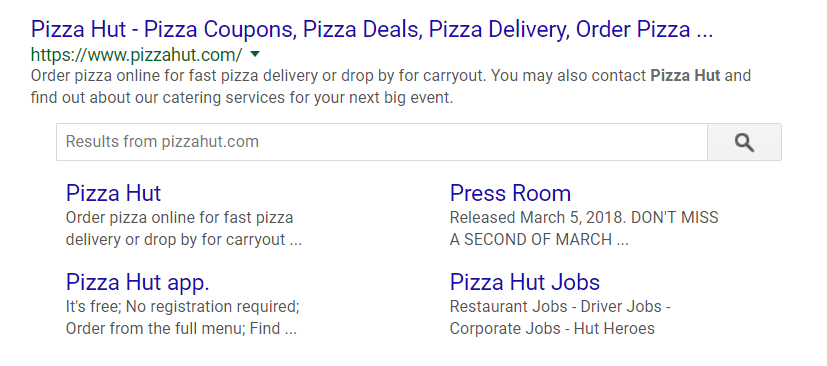
Here are some examples of how rich snippets can enhance your search listings:
- Product pages with price, availability, and review information
- Recipe pages with ingredients, cooking time, and nutritional details
- Event listings with dates, locations, and ticket links
- Local business listings with contact information, hours, and directions
FAQ’s:
How Do Rich Snippets Enhance the Visibility of a Website in Search Results?
Rich snippets make your search listings more prominent and informative, attracting user attention and encouraging clicks.
What Types of Content Are Suitable For Rich Snippets?
Rich snippets can be used for various content types, including products, reviews, recipes, events, organizations, and more.
How Can Structured Data Help in Generating Rich Snippets?
Structured data markup, like Schema.org, helps search engines extract relevant information from your webpages to display as rich snippets.
How Long Does It Take For Rich Snippets to Show Up in Search Results?
It can take a few days to a few weeks for rich snippets to appear after implementing structured data, depending on search engine crawling and processing.
Can Rich Snippets Improve My Site’s SEO?
While not a direct ranking factor, rich snippets can indirectly improve your SEO by increasing click-through rates and driving more targeted traffic.
Are There Any Tools to Help Implement Rich Snippets More Efficiently?
Yes, tools like Google’s Structured Data Markup Helper and Rich Results Test can simplify the process of implementing and testing rich snippets.
How Do I Update My Rich Snippets If My Content Changes?
When your content changes, update the corresponding structured data markup and re-test using Google’s Rich Results Test tool to ensure accuracy.
Conclusion
Rich snippets are a valuable tool for enhancing your SaaS website’s visibility and performance in search results.
Using structured data markup can give search engines more detailed information about your content, resulting in more appealing and informative search listings.
Implementing rich snippets can help increase click-through rates, drive targeted traffic, and indirectly boost your SEO efforts.
To make the most of rich snippets, focus on selecting relevant types for your content, following best practices for implementation, and regularly testing and updating your structured data. Feel Free to get in touch with us.


